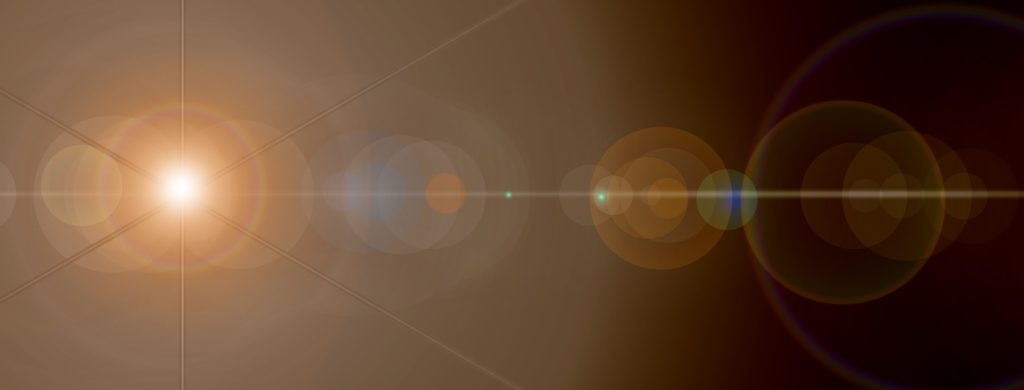The concept of the light spectrum can be confusing, especially pertaining to plants and your LED grow lights. As it turns out, light does matter. Let us explain.
Your LED Grow Lights and the Spectrum
What is light spectrum?
The light spectrum is a visible spectrum that shows the wavelengths of electromagnetic radiation. In other words, wavelengths versus intensity—it’s easier to understand if you look at it on a chart.
The interesting thing is that visible light only exists in a small section of the light spectrum. The rest of it are full of ultraviolet and infrared rays. Within that visible light spectrum, of course, is where your LED grow lights shine.
Light is measured in nanometers. The spectrum for visible light exists within 390 nanometers and 700 nanometers.
What Does it Mean for My Indoor Farming?
Grow light puts out a certain amount of radiation, ideal for indoor farming for plants like lettuce and tomatoes. These different lights exist on other sides of the spectrum, however, but each have their own positive effect on plant growth.
Ultraviolet (10nm – 400nm)
Ultraviolet light is ideal for LED grow lights because it brings a lot of colors, tastes, and aromas out of your plant. It affects the metabolic process within the plants, also making them healthier. In fact, most of the benefits a plant receives comes from this end of the spectrum.
Blue light (430nm – 450nm)
Growth, chloroplast movement, cryptochromes, and seedling growth regulation are a few of the many things blue light affects. During a vegetative stage of the growth cycle, blue light mostly aids growth and prevents any damage that can occur.
Green light (500nm – 550nm)
Green LED grow lights are mostly for “treating” various things in the plant when combined with red and blue lights. It brings out certain plant responses like stomatal control, phototropism, and environmental signaling.
Red light (640nm – 680nm)
This wavelength is very important in regulative indoor farming. It encourages stem growth, fruit production, and chlorophyll production. At 660nm, red light has a strong photosynthetic ability.
Many factors play into what sort of LED grow lights you’d want in your indoor farming station, as not all plants are the same. Ask the experts at LED Light and Power which LED grow lights are best for your indoor farming venture.
LED Light Source
LED Light and Power has all your indoor farming light needs. Visit our shop and take a look around. If you have any more questions regarding indoor farming, contact us.


Comments are closed.